Introduction | Unidirectional Composite damage tutorial
Unidirectional composites, with their fibers aligned in a single direction, offer exceptional strength and stiffness – perfect for lightweight, high-performance structures. However, their Achilles’ heel lies in their susceptibility to various damage mechanisms. These can include fiber breakage, matrix cracking, and delamination (separation of layers). The analysis and simulation of this damage, through a process called a unidirectional composite damage tutorial, is crucial for engineers. By understanding how and why these materials fail, we can optimize designs, predict lifespans, and ensure the safety and integrity of composite structures.
Unfortunately, mastering unidirectional composite damage analysis requires specialized knowledge and tools. Finding a professional tutorial that delves into the complexities of Abaqus software, the industry standard for finite element analysis, can be a challenge. This is where our comprehensive training program comes in. We offer a structured learning experience, guiding you through the intricacies of unidirectional composite damage simulation within the Abaqus framework.
Abaqus composite macro modeling
In this package, which focuses on how the modeling of composite materials is modeled by the macro method (Abaqus composite macro modeling) while introducing various theories to initiate and progress the damage of these materials and existing constraints based on software capabilities for different elements, teach users to simulate their models in ABAQUS.
5 Unidirectional composite examples
Unidirectional composite examples serve as valuable tools for understanding and predicting real-world scenarios. Through these examples, engineers can explore how factors like fiber orientation, matrix properties, and loading conditions influence damage initiation and progression. This allows for the optimization of composite structures, ensuring they can withstand the demands placed upon them.
In this training package we offer 5 professional examples which you can see them in the following.
Workshop 1: Static analysis of damage initiation and progressive damage based on HASHIN failure criterion in holed composite plate under non-uniform loading (shell element)
In this unidirectional composite damage tutorial, a multilayer composite plate with different orientations with holes with a shell element is placed under the tensile load as a nonlinear function inside the hole. In this simulation, the damage initiation is based on Hashin’s Physics-based phenomenon criterion and progressive damage is gradual on the basis of energy. In the HASHIN criterion failure in fiber and matrix is investigated separately in compression and tension. So, the user knows in which mode failure occurs and can reinforce his composite.
Workshop 2: Static analysis of stress based damage initiation criterion on holed composite plate under complex non-uniform loading (continuum shell element)
In this unidirectional composite damage tutorial, simulation of the composite material damage is performed based on non-physical phenomenon criteria such as Tsai-Hill and Tsai-Wu on a multilayered plate with a continuum element. Note that the simulation method and the necessary points for modeling are completely different from the previous workshop. In this workshop, one of the elementary methods of Abaqus composite damage modeling is investigated.
Workshop 3: Abaqus composite laminate damage modeling | damage initiation and progressive damage based on criteria in the impact of a bullet on a laminate composite cylinder shell (shell element)
In this Abaqus composite laminate damage modeling, a composite cylinder is hit by a hemisphere. In this dynamic analysis, the composite material damage for initiation and progression is investigated using the Hashin criterion.
Workshop 4: High-speed Impact analysis on multi-layered composite plate based on HASHIN failure criterion (damage initiation and progressive damage/ Physical based criterion/ shell element))
High-speed impact simulation is one of the most widely used applications in industry today. In this simulation, a composite multilayer sheet is impacted, and the amount of energy absorbed by the sheet is calculated. The damage criterion of the composite is HASHIN criterion for failure initiation and the energy criterion for progressive failure.
Workshop 5: Impact analysis on composite plate with continuum shell element (damage initiation and progressive damage)
In the last workshop, the damage in composite materials along with the adhesive damage is examined. This time, the impact is made on a composite plate with continuum elements, which is glued between its layers. After the bullet hits the composite plate, the composite damage and the effect of lamination are both visible at the same time.
It would be useful to see Abaqus Documentation to understand how it would be hard to start an Abaqus simulation without any Abaqus tutorial. If you are working on Abaqus composite damage and need some resources about composite FEM simulation, click on the analysis of composite page to get more than 20 hours of video training packages on composite materials simulation. Also, there is an article about this niche, which you can learn more “Unidirectional composite damage“.
In comparison to metals, composites’ damage mechanisms are less well known. Composite materials and structures are susceptible to defects, whether they appear during material processing, component fabrication, or in-service use. Understanding how the damage or defect affects the structural integrity of the composite component is crucial to determining how critical the defect is. If we can somehow determine these damages and tend to them in time, the maintenance cost would be severely decreased. Also, our design will be better and well-optimized.
Read More: Introduction to Finite Element Method | Finite Element Analysis
It’s true that the composite structures have sufficient strength and stiffness but like other structures, they may get damaged during the service. The damages could be caused by impact, low resistance to the service environment, overloading, Staff carelessness, etc.
In-service damages include:
- Impact damage
- Fatigue
- Cracks
- Delamination
- Fiber fracturing
- …
Service flaws in composite structures are typically caused by impact damages. Delamination is the most frequent impact-related damage. Delamination occurs when layers in a laminated composite are split, creating a mica-like structure with a considerable loss in mechanical properties. Delamination is the separation of the laminate at the boundary between two layers as a result of shock, impact, or repeated cyclic pressures. Individual fibers can pull away from the matrix, for instance.
It is the engineer’s duty to analyze the structures and determine the defects and damages so that the structure can keep working properly and lower the cost of maintenance. With the help of Computer-aided engineering (CAE) and finite element method (FEM), you would be able to do this task in the best way possible.
We are here at the CAE Assistant to explain some about composite material damage and introduce some FEM tools to simulate these damages correctly. Also, we will help you out learn how to simulate and analyze your model and structure. With our high-quality education, you can learn how to work with the Abaqus and analyze composite structures. I recommend you read the topics of this training package on the right side of this page and if you have more questions about this package and its content and quality, ask on the live chat on the left side of this page.
Read More: Abaqus composite material
Users ask these questions
In social media, users asked questions regarding Composite simulation. We answered some of them, which you can see below:
I. Composite laminate analysis
Q: Hello ResearchGate Community,
I am working on composite laminate analysis. Need to do a numerical analysis and the stacking sequence is given by the supervisor in the attached photo.
– If there is a + and – sign together (as in the case for 45 degree), then what to do?
– What to do during (0,90)?
– How the symmetry will work here?
I have some options (options given below), but not sure and don’t have a clear explanation. Can anyone please help me and confirm it?
(1) 45/0/90/45/45/90/0/45/45/0/90/45/45/90/0/45
(2) 45/0/0/45/45/0/0/45/45/0/0/45/45/0/0/45
(3) 45/0/45/0/45/0/45/0/45/0/45/0/45/0/45/0
I thought to use only +45, so I have come up with these 3 options, but not sure~
Thank you a bunch in advance for your effort and time 🙂
A: Greetings,
First, you need to determine the direction of the plies, I mean, in which direction the plies must stack. Second, you can toggle on the symmetric option in the composite layup edit window from the plies tab. If you need some examples with a complete tutorial, check the link below:
Simulation of Unidirectional Composite Damage in ABAQUS
Best regards.
II. Composite damage (CFRP)
Q: I’ve been trying to simulate a tensile test of CFRP in Abaqus, and I’ve set the displacement in Load case(step1) to 5mm with a concentrated load of 10000N, but the specimen doesn’t break and the displacement keeps increasing ( 15-20-25mm etc). So, could someone maybe assist me in resolving this problem so that I can see the material damage after a 5mm displacement? Thanks.
A: Greetings,
If by CFRP you meant Carbon fiber-reinforced polymers, to see the damage and the breaking, you need to define the Hashin Damage in the Property module. if you don’t know how to use it, well, google it, or you can refer to the link below:
Simulation of Unidirectional Composite Damage in ABAQUS
there, you will learn the damage in composites with different examples.
Best luck.
III. Element deletion in Abaqus
Q: When material damage reaches a particular level, it degrades and fails in the finite element of continuum damage mechanics. So, how do you simulate material failure in ABAQUS using node-release?
A: Hi,
If by node release you mean element deletion, you must first define a damage criterion and damage evolution in the Property module; then, select the STATUS variable from the Field output (see attached figure). If the stress reaches the damage criterion, the element and its nodes will be deleted.
If you need to know more, refer to the following link.
If your model is composite:
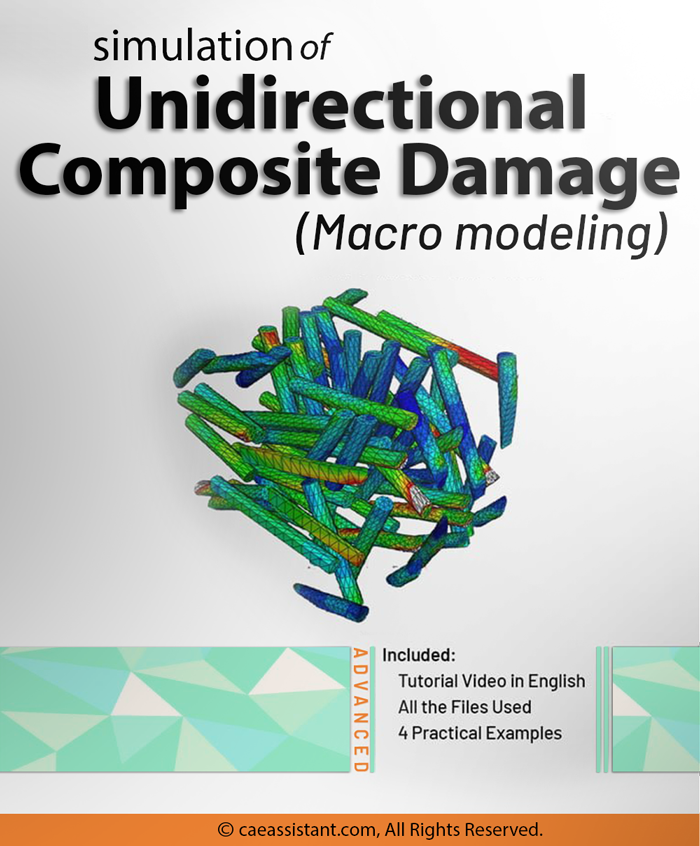
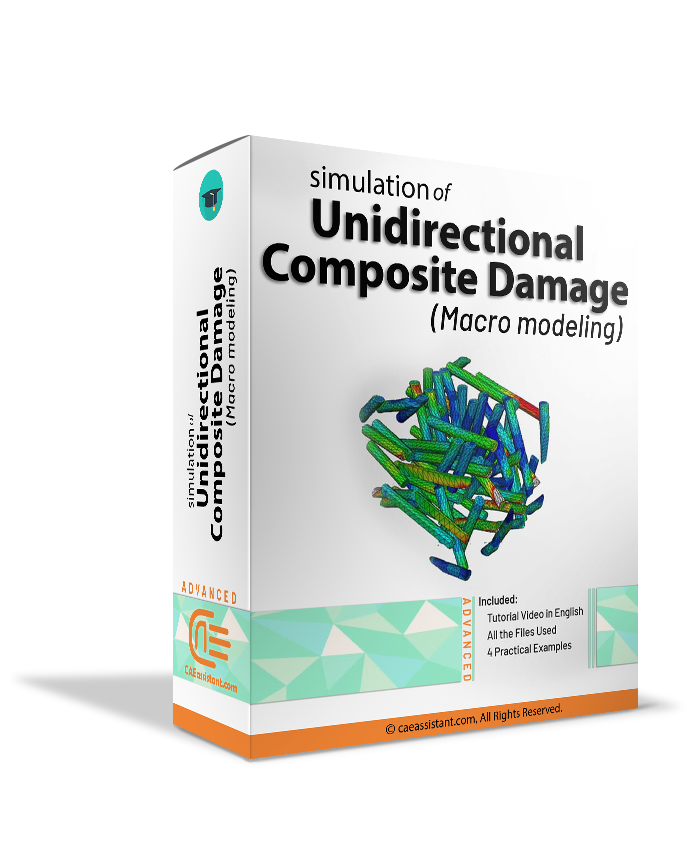
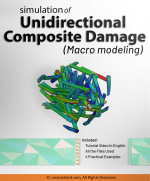
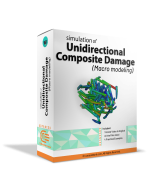


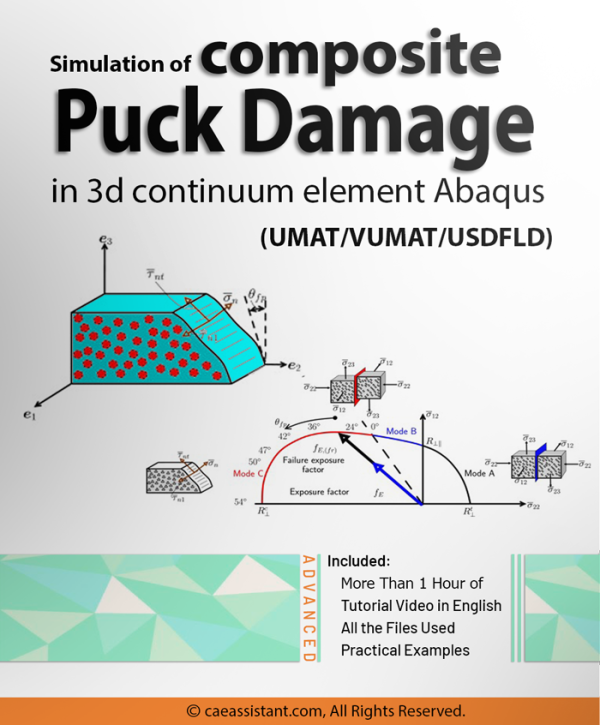
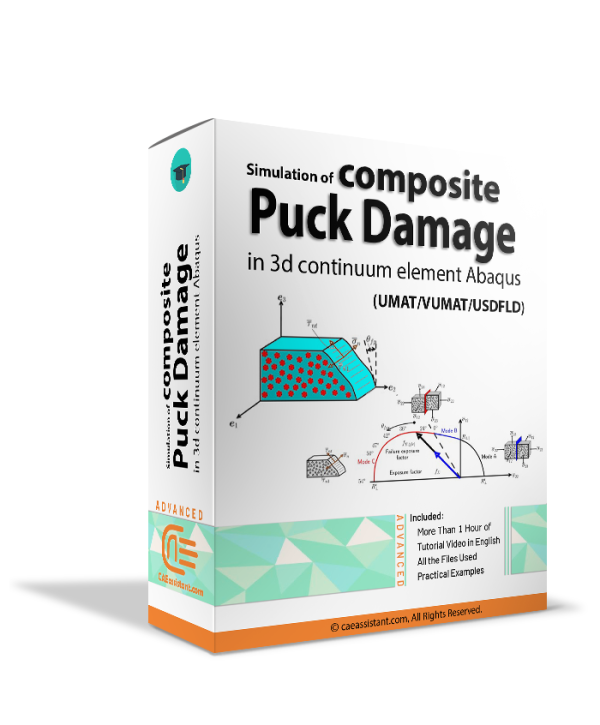
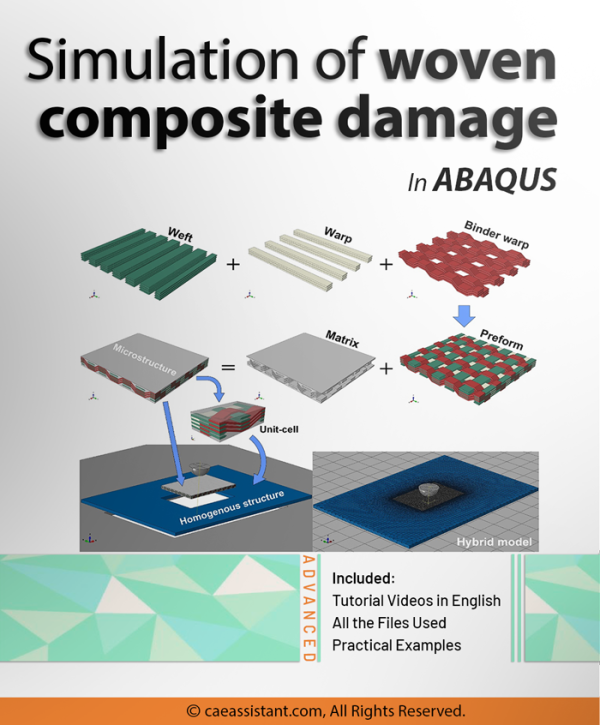
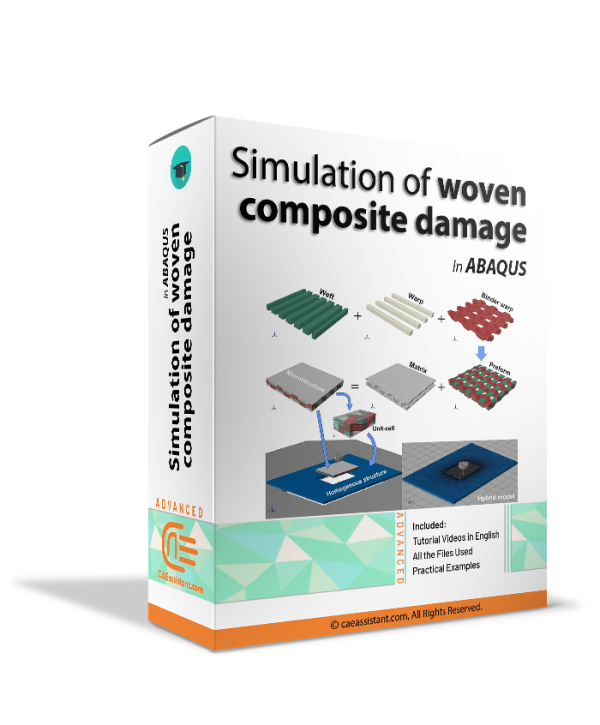
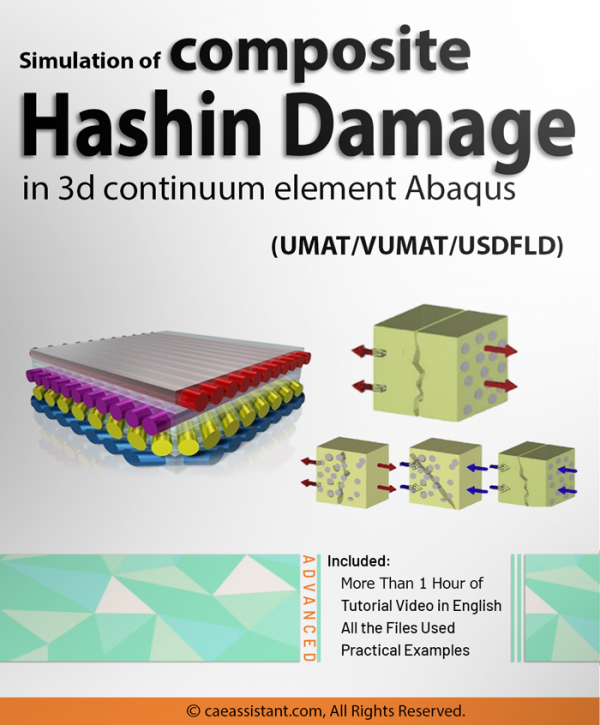
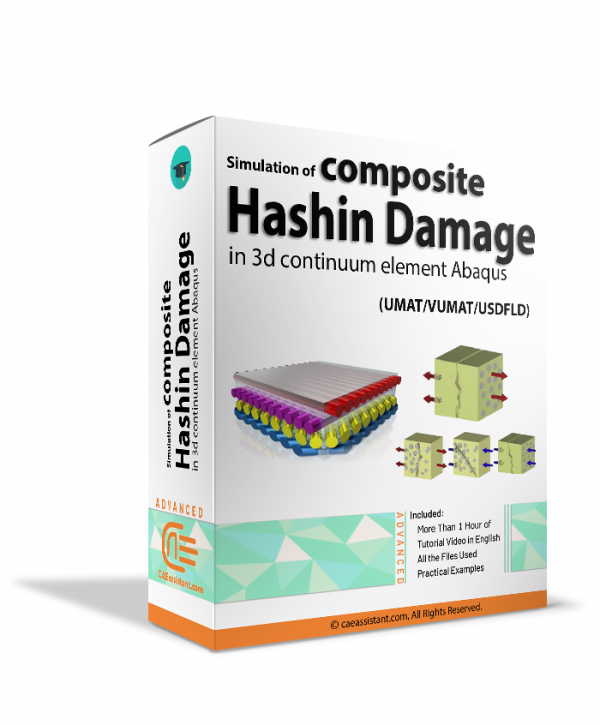
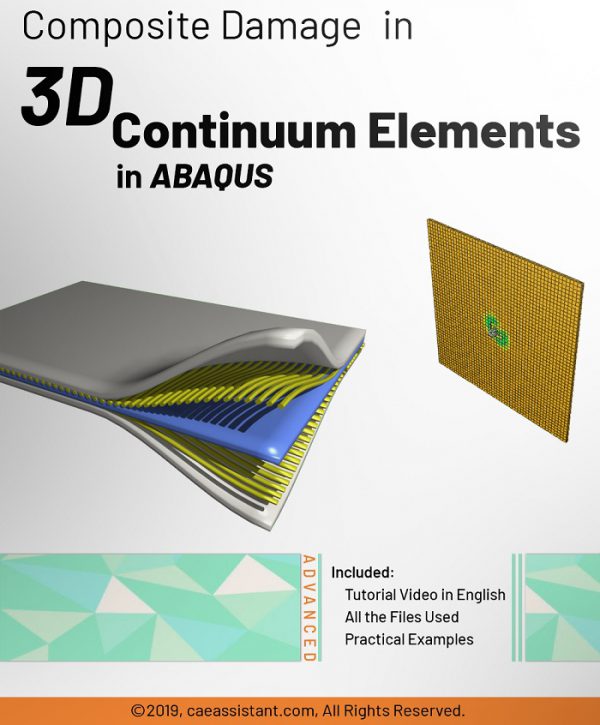
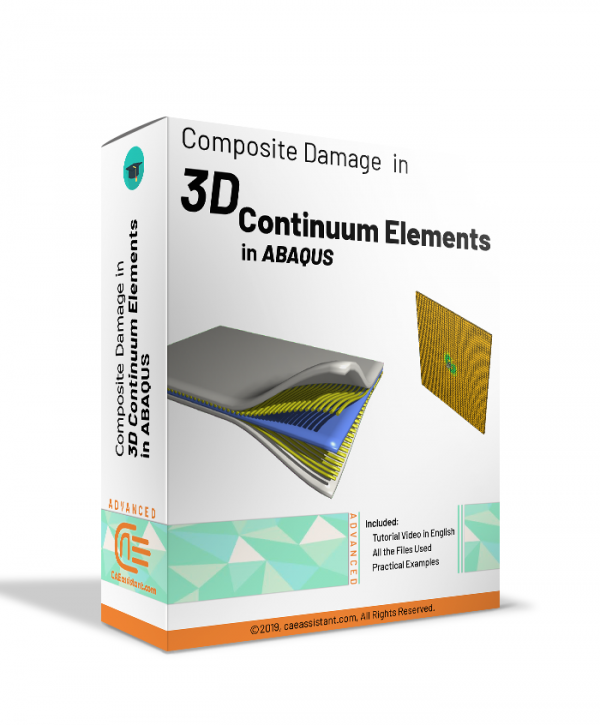
salleh –
Thank you for the complete description. According to these explanations, I will definitely buy this package.